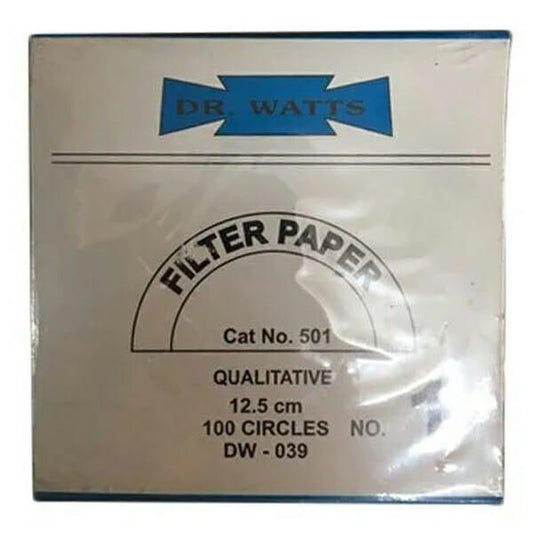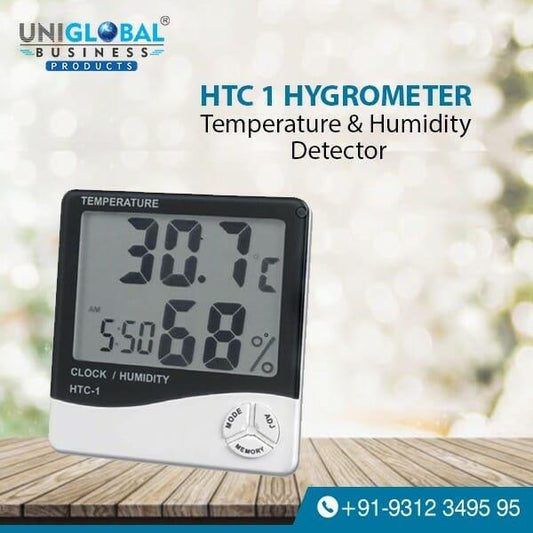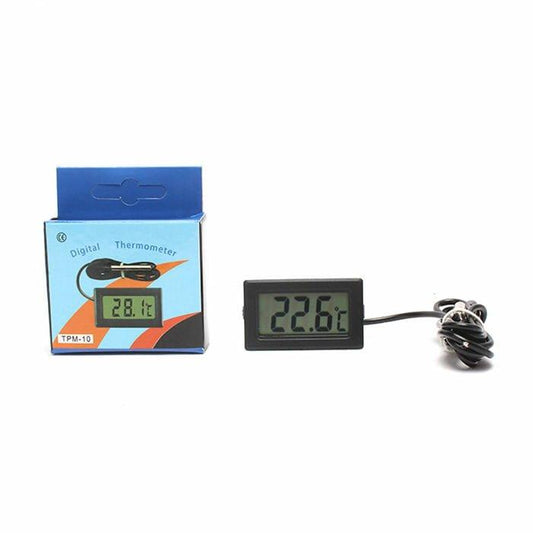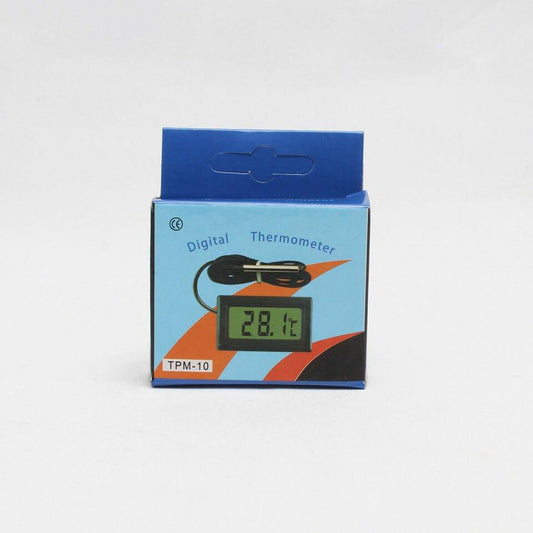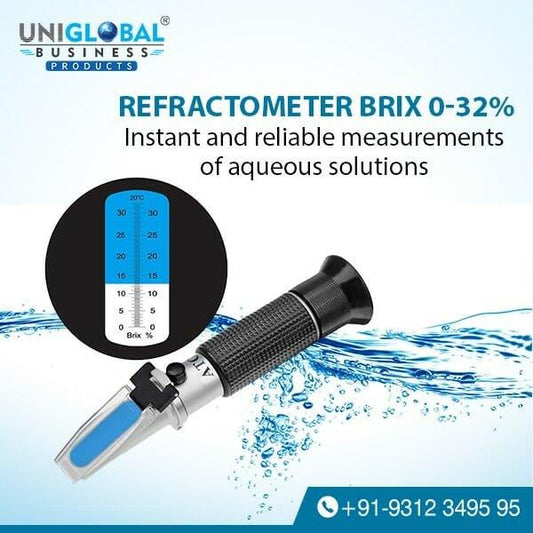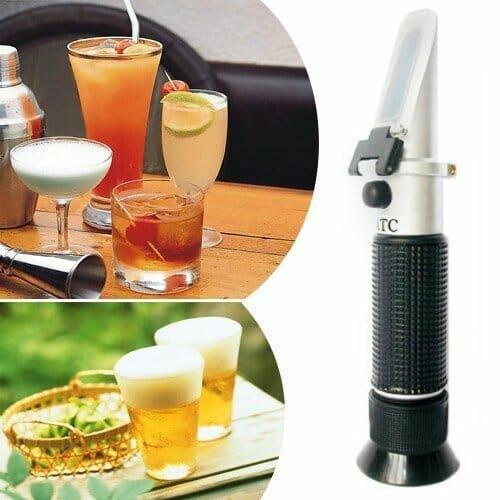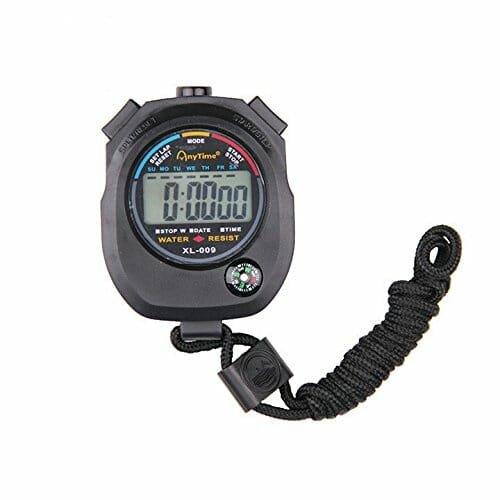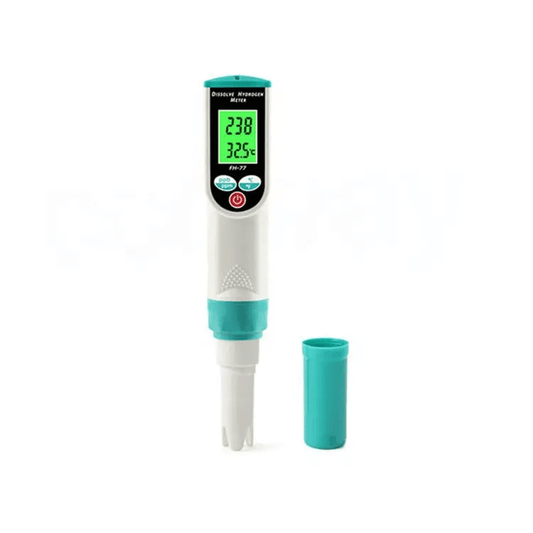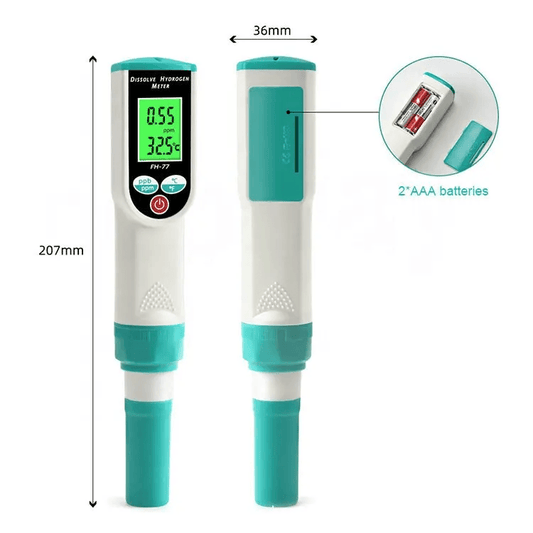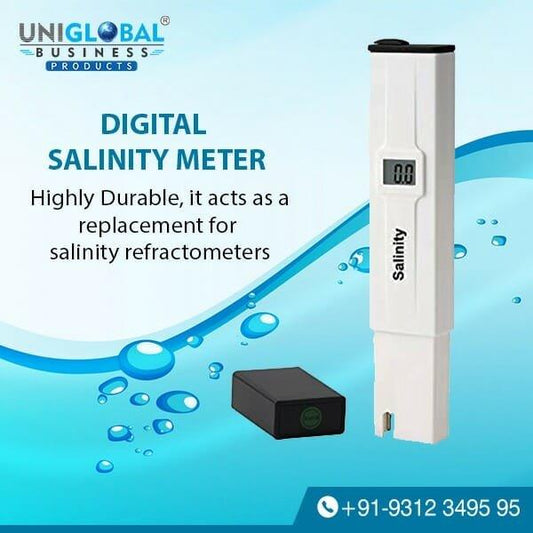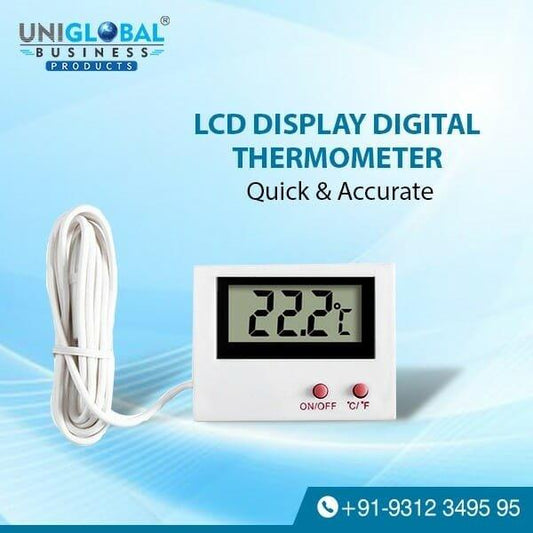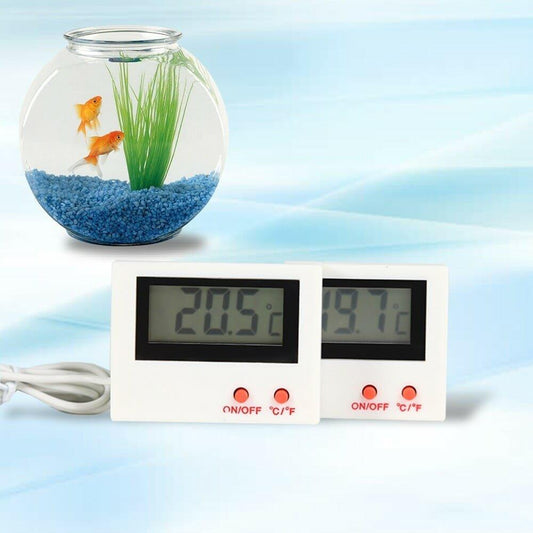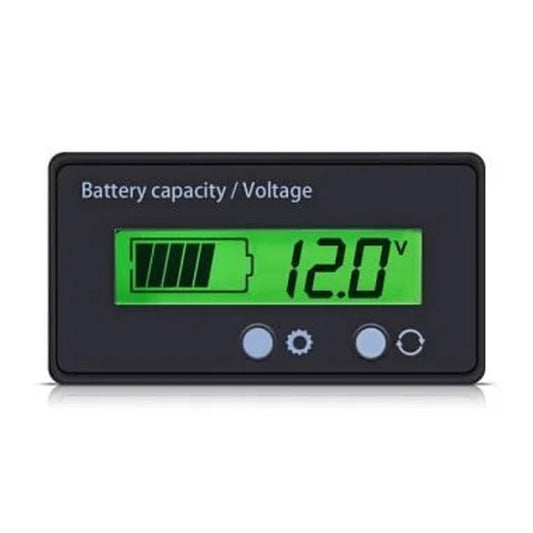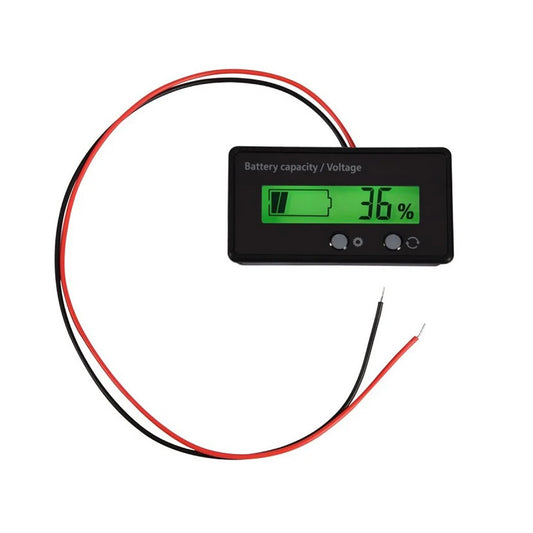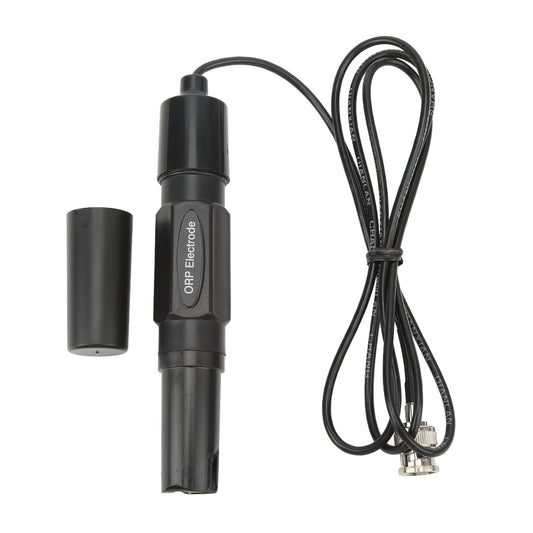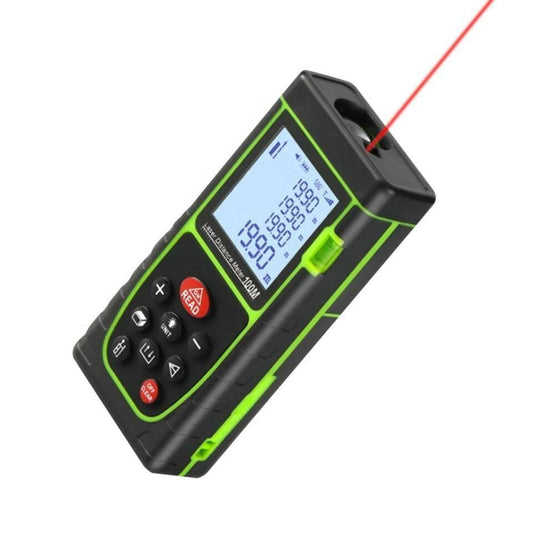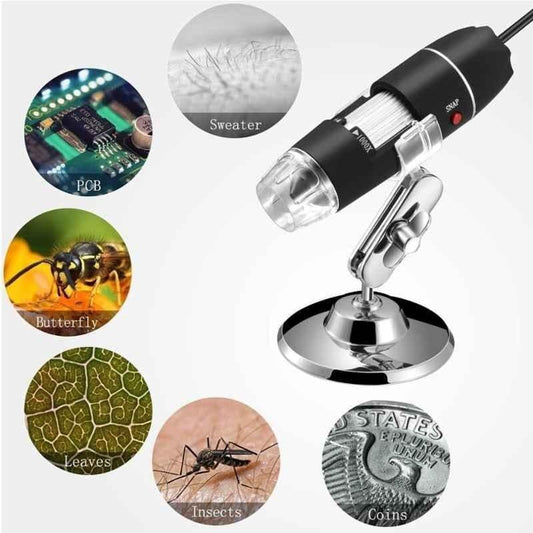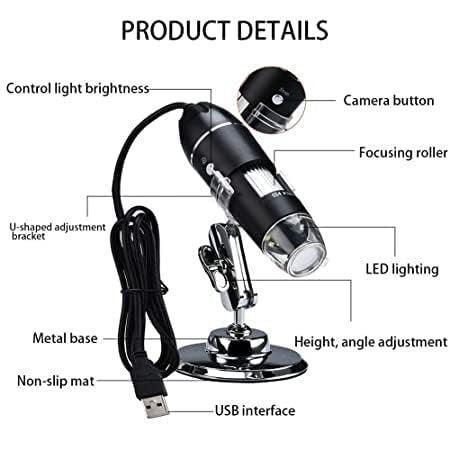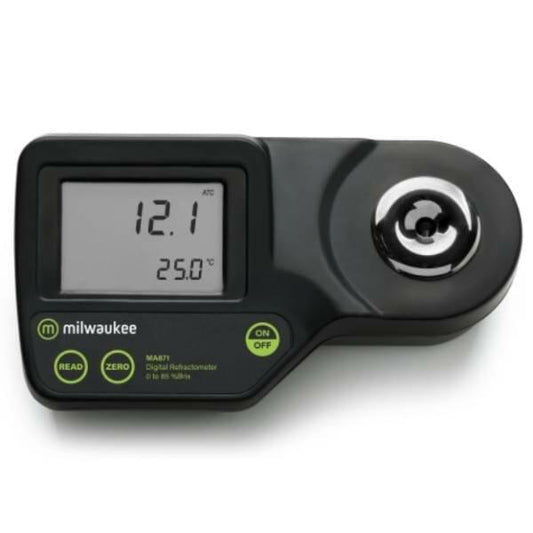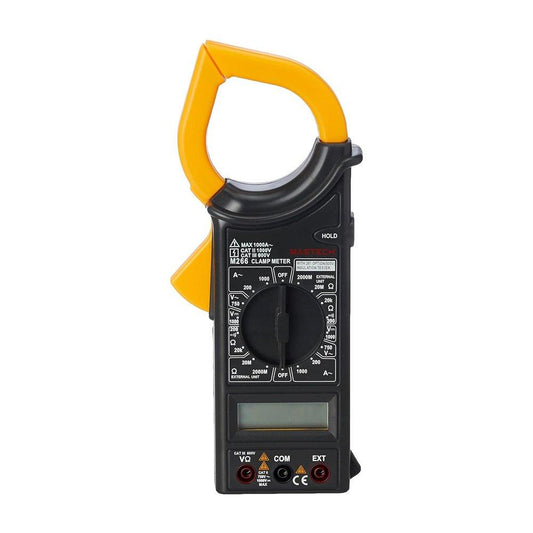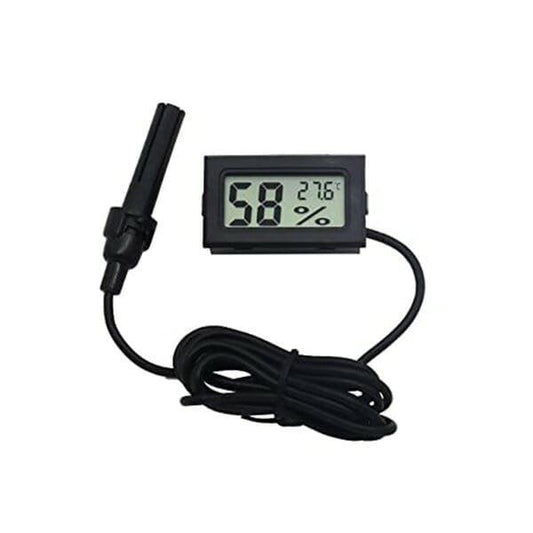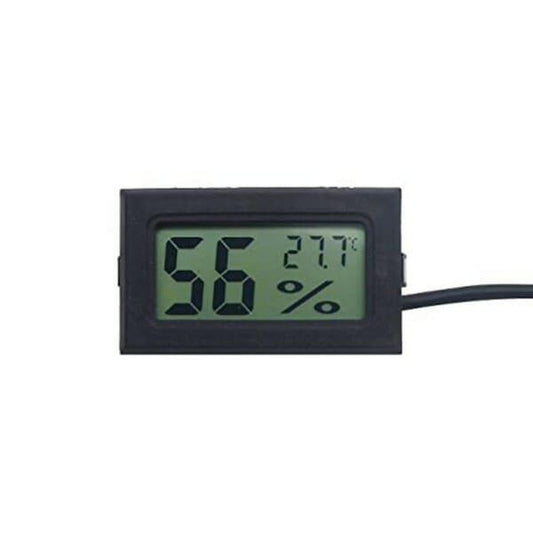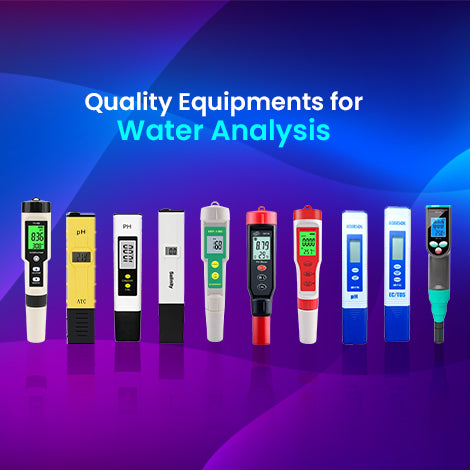What is EC Meter and how it is different from TDS Meter?
Even though EC meters and TDS meters provide similar results and are well connected, certain differences set them apart. These similarities often cause confusion, so let's take a cloer look at each meter to clarify their differences.
What is an EC Meter?
An EC meter measures Electrical Conductivity (EC), which indicates how well certain materials can carry electricity. By determining the EC level, we can assess how polluted the water is. A high EC level means the water contains a high concentration of dissolved substances, making it impure.
However, this is not always the case, as water may contain a High Concentration of Dissolved Salt, which isn't harmful to human health but makes the water undrinkable.
We usually measure EC in micro Siemens (µS/cm).
- Normal readings range from 30 µS/cm to 2000 µS/cm,
- while seawater can have a reading of nearly 50,000 µS/cm.
EC meters are widely used in gardening. They measure the electrical conductivity of nutrient solutions, helping gardeners adjust nutrient, salt, and other element levels for healthier plant growth.
What is a TDS Meter?
The TDS meter measures Total Dissolved Solids (TDS), which represent the number of dissolved substances in the liquid. These substances can be organic, such as minerals, salts, and calcium, or inorganic, like contaminants.
Thus, a TDS meter measures all the dissolved substances in the water that are not suspended solids. Analysts typically first detect the water’s EC level and then use a conversion factor to determine the TDS level. We measure TDS primarily in parts per million (ppm) but also in mg/L. Water with good quality has a TDS value between 0 and 600 ppm, while unsatisfactory TDS levels exceed 1200 ppm.
The Difference Between TDS and EC Meters
While EC results can help estimate TDS levels, EC meters and TDS meters differ. This difference means that conversion does not provide an exact TDS value. A TDS Meter measures both the particles that generate EC and those that do not carry electricity. Therefore, the EC to TDS conversion factors can vary based on the contents of the sample. These factors typically range from 0.4 to 1.0. Substances that do not impact EC levels, but affect TDS levels, make EC measurement insufficient for determining accurate TDS values.
To obtain approximate TDS values, we usually convert EC measurements to TDS. TDS meters automatically convert the EC value using the appropriate conversion factor. However, for accurate TDS values, you should send your sample to a laboratory for further examination.
While you may think that using a meter with the widest measurement range is ideal, focusing on a meter with a specific range increases the accuracy of your results.


